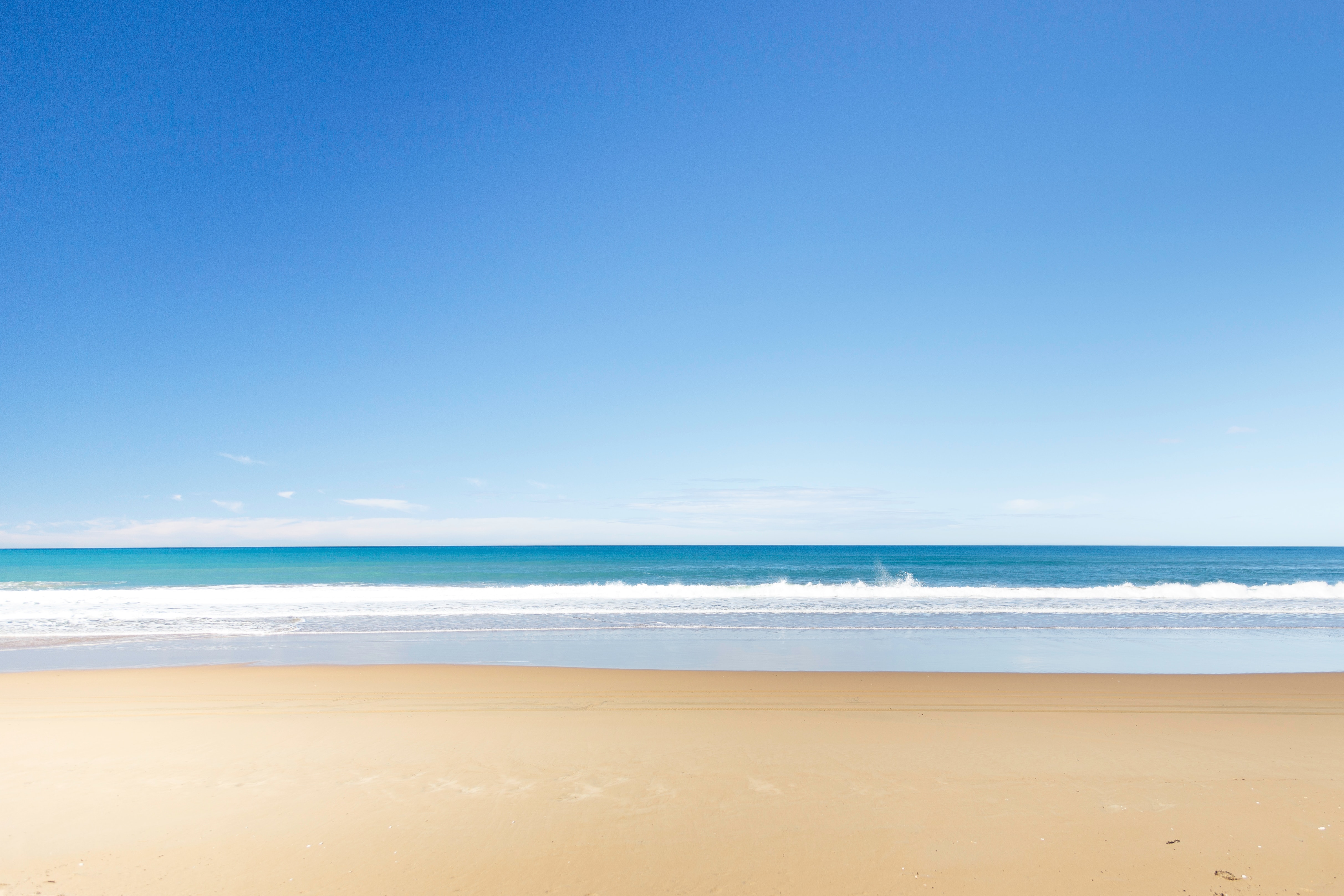
New research shows that satellite imagery and machine learning algorithms can accurately estimate coastal bathymetry, yielding promising results for coastal management and sustainability.
A team of researchers from Khalifa University has combined satellite imagery with machine-learning techniques to accurately and efficiently predict the depth of water in the Arabian Gulf around Abu Dhabi.
Dr. Maryam Al-Shehhi, Assistant Professor, Dr. Chung-Suk Cho, Assistant Professor, and Fahim Abdul Gafoor, all from the Department of Civil Infrastructure and Environmental Engineering, worked with Hosni Ghedira from Mohamed Bin Zayed University of Artificial Intelligence to develop a new method for estimating coastal bathymetry using satellite images. They published their results in Remote Sensing.
“Many countries in the world rely on their coasts as supply lines for shipping, oil refineries, coastal platforms, and coastal islands, as well as sources of food,” Dr. Al-Shehhi said. “Maintaining coastal sustainability is paramount. It is essential to develop a plan to monitor coastal regions in the long term. This can be achieved by observing changes in bathymetry over time.”
Bathymetry is the study of the beds or floors of water bodies. Accurate data is important for understanding the physical characteristics of coastal waters, including water-circulation patterns, sediment transport, and habitat mapping. It can also be used to predict and mitigate the effects of natural disasters such as tsunamis and coastal erosion by providing information about the depth and shape of the seafloor.
As crucial as it is, traditional methods of collecting bathymetry data can be time-consuming and expensive. They typically involve physically measuring the depth of the water using specialized equipment, such as sonar, acoustic sensors, or echo sounders. The data collected must then be carefully processed and analyzed to ensure accuracy, which can be a resource-intensive and time-consuming process, especially in complex coastal environments with variable seabed topography.
Alternative methods, such as those based on satellite imagery and machine-learning algorithms, are being explored as potential solutions.
“The high spatial and temporal capabilities of remote sensing make it an excellent tool for estimating gradual changes in bathymetry,” Dr. Al-Shehhi said. “As such, a number of research studies have been conducted that combine satellite data with statistical and machine-learning algorithms in order to obtain more accurate estimates of bathymetry in several regions.”
The team explored the use of satellite imagery combined with two machine-learning algorithms to estimate bathymetry more efficiently. Gradient boosting is a type of algorithm that combines multiple weak models to create a strong model, while linear regression is a more traditional statistical method that aims to find a linear relationship between two variables. They found that both approaches were able to estimate the bathymetry of the area, with gradient boosting producing slightly more accurate results.
“We conducted our study in Abu Dhabi,” Dr. Al-Shehhi said. “Here, the waters are among the saltiest in the world, with a high evaporation rate, making the coastline vulnerable to climate change and erosion. Additionally, the coastal morphology of Abu Dhabi is complex, as the shoreline is exceptionally shallow, with numerous inshore and nearshore islands. An accurate assessment of coastal bathymetry will help us to formulate better future management strategies.”
By training gradient boosting and linear regression models on satellite images of the coastal region of Abu Dhabi, the team was able to accurately predict the depth of water in the area. Their findings suggest this approach could provide a cost-effective and efficient way to obtain bathymetry data for various coastal-management applications, potentially overcoming the limitations of traditional data-collection methods.
Future plans for the model include improving its accuracy with higher-resolution bathymetry data. This continued work is funded by a KU Emerging Science & Innovation Grant.
Jade Sterling
Science Writer
10 April 2023






